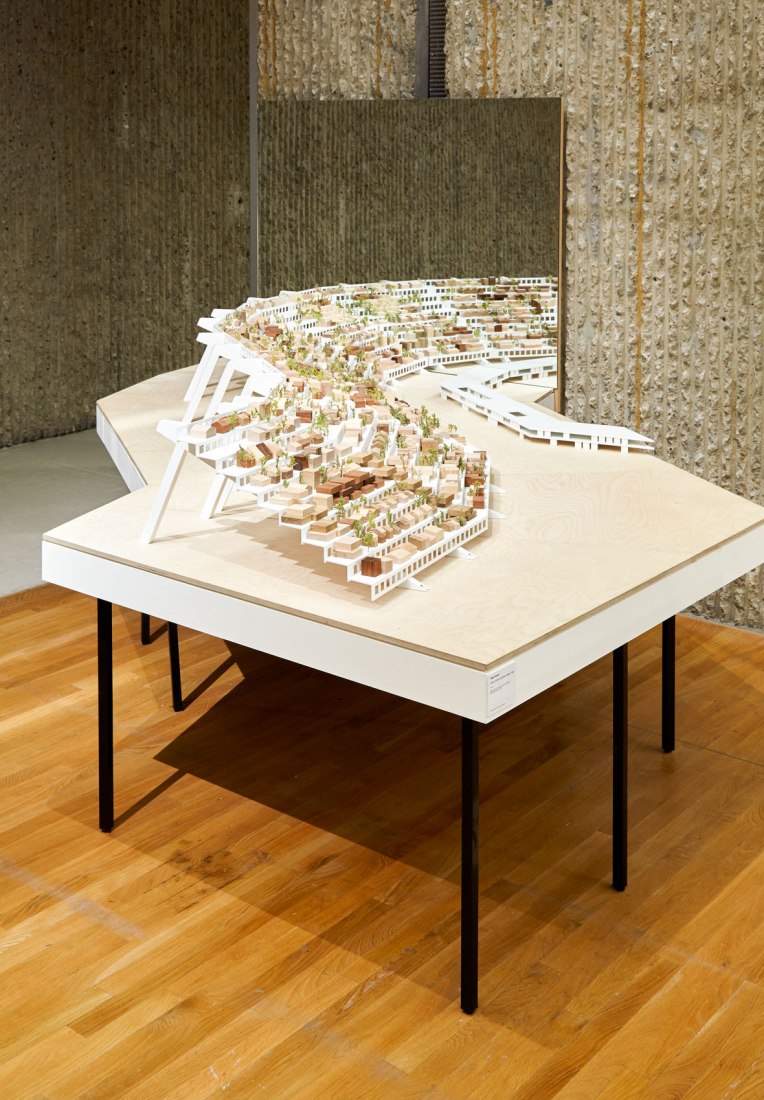The school of thought "Open Form" proposed by Oskar Hansen was first presented at the International Congress of Modern Architecture (CIAM) in 1959, a meeting where the Team 10 was founded. Hansen attached to this group, who was the first voice who criticized the rigidity of the Modern Movement embodied in the Charter of Athens.
This theory encourages the participation in artistic works, with a conception of art as a process in which flexibility and variability of the works is encouraged. The role of the architect is limited, according to Hansen, the creation of a "perceptual background" so that architecture becomes a tool that can be managed and adapted by users.
Hansen applied this vision different scales of design, from temporary pavilions to its urban plan Continuous Linear System, which established extended decentralized cities across Poland and Europe. This shows how Open Form that has more to do with strategies of indeterminacy, flexibility and collective participation than with the scale of the project.
The exhibition is divided into seven sections organized in tune with the idea of Open Form. They are interlaced so that the visiting order depends largely visitor. These categories, which explore different aspects of the work of Hansen are: Architect as a Curator, Politics of Scale, Counter-Monument, Architecture as Events, House as Open Form, Art and Didactics and Tradition of Open Form.
This theory encourages the participation in artistic works, with a conception of art as a process in which flexibility and variability of the works is encouraged. The role of the architect is limited, according to Hansen, the creation of a "perceptual background" so that architecture becomes a tool that can be managed and adapted by users.
Hansen applied this vision different scales of design, from temporary pavilions to its urban plan Continuous Linear System, which established extended decentralized cities across Poland and Europe. This shows how Open Form that has more to do with strategies of indeterminacy, flexibility and collective participation than with the scale of the project.
The exhibition is divided into seven sections organized in tune with the idea of Open Form. They are interlaced so that the visiting order depends largely visitor. These categories, which explore different aspects of the work of Hansen are: Architect as a Curator, Politics of Scale, Counter-Monument, Architecture as Events, House as Open Form, Art and Didactics and Tradition of Open Form.













































